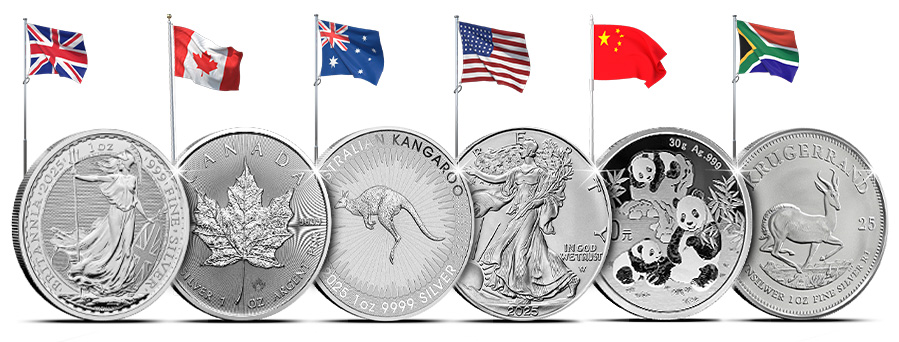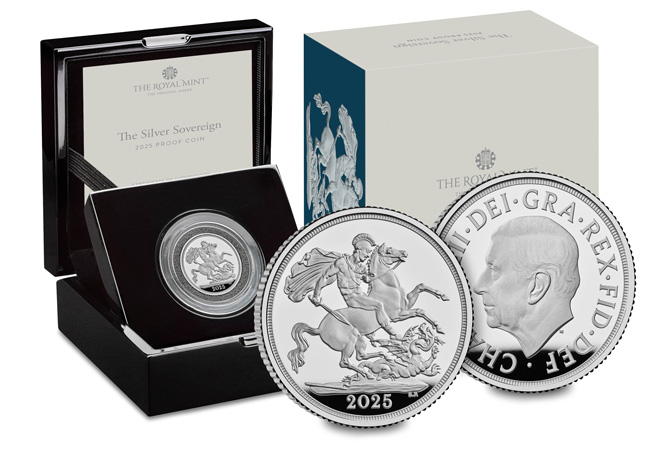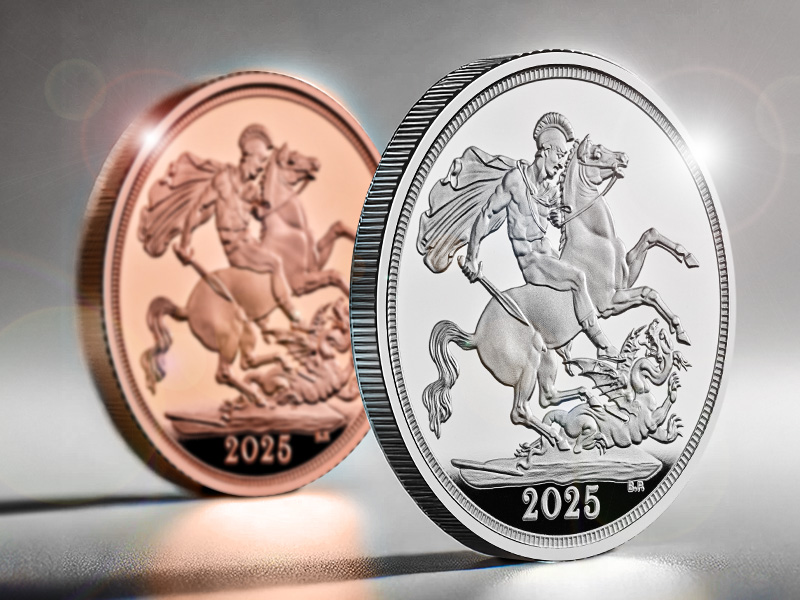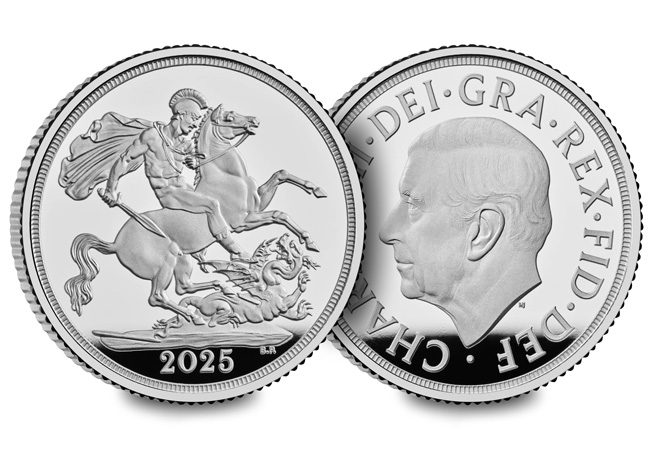Royalty
2025 Silver Flagship Coins of the World
The world of coin collecting is about to shine brighter than ever with the release of the 2025 Silver Flagship Coins of the World Collection. These iconic 1oz Silver Bullion coins represent the pinnacle of global minting excellence and offer collectors an exclusive opportunity to secure six of the most significant and sought-after coins of the year.
A Celebration of Silver Excellence
For centuries, silver coins have captured the imagination of collectors and investors alike. This new 2025 limited-edition set of six flagship coins, each represents the craftsmanship and heritage of the world’s leading mints.
From the historic South African Krugerrand to the charming Chinese Panda, this collection unites diverse designs and cultural icons, creating a truly global tribute to silver bullion.
The 2025 Collection: Coin by Coin
1. Britain’s Britannia
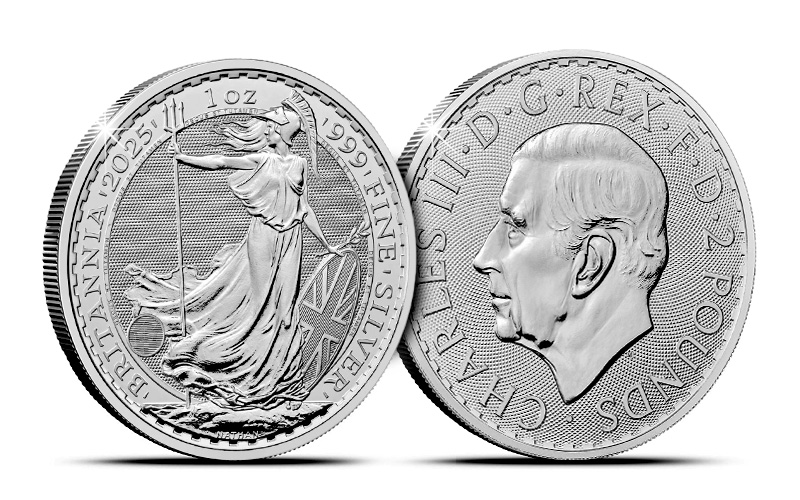
The Britannia stands as a symbol of British resilience and artistry. For 2025, it features the elegant depiction of Britannia on the reverse and the official portrait of King Charles III on the obverse, making it a must-have for collectors commemorating this new royal era.
2. FIRST King Charles III Canadian Maple Leaf
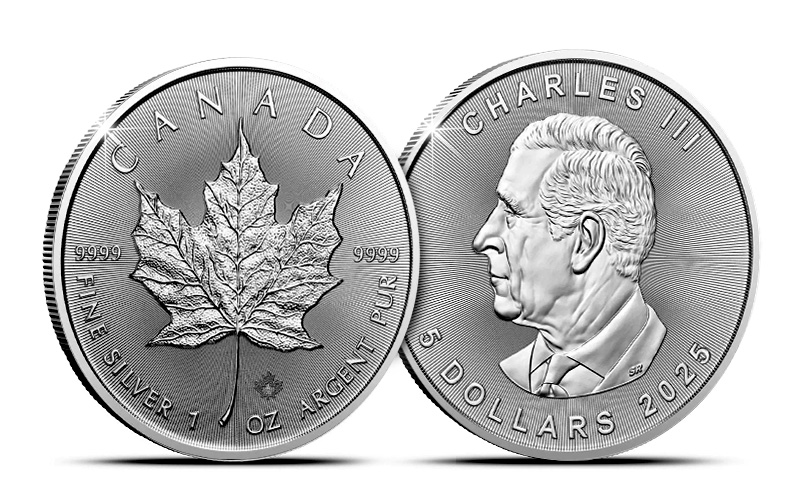
The Canadian Maple Leaf is renowned for its stunning design and intricate detailing. With the introduction of King Charles III’s portrait on the obverse for the first time, this coin gains historical significance, blending Canada’s strong ties to the British monarchy with its unique national identity.
3. FIRST King Charles III Australian Kangaroo
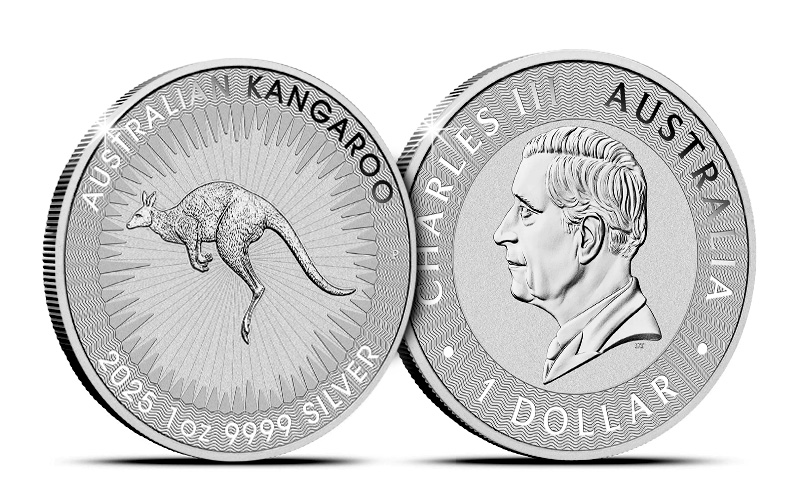
Australia’s beloved Kangaroo coin continues to leap forward in popularity. The 2025 edition features King Charles III on the obverse, marking its debut in this new era of numismatics. Its distinct design pays homage to Australia’s iconic wildlife.
4. American Eagle
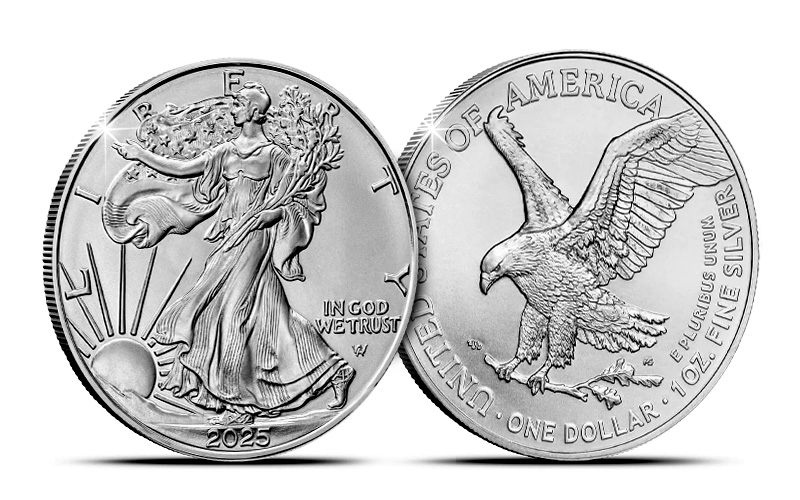
Often referred to as the most popular silver coin in the world, the American Eagle stands as the United States’ flagship bullion coin. The 2025 edition continues its legacy with the classic design that has captured the hearts of collectors worldwide.
5. Chinese Panda
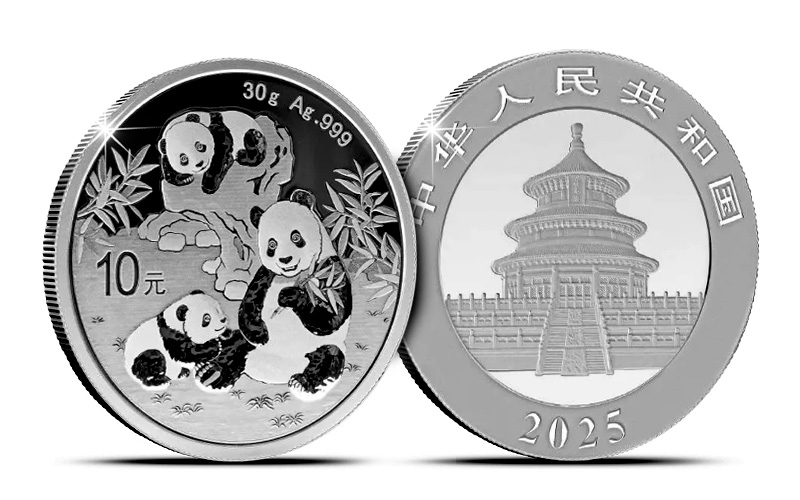
The Chinese Panda is celebrated for its ever-changing designs, making each year’s release unique. In 2025, the Panda continues to capture the charm and spirited nature of China’s national treasure, offering collectors a truly distinctive addition to their collection.
6. South African Krugerrand
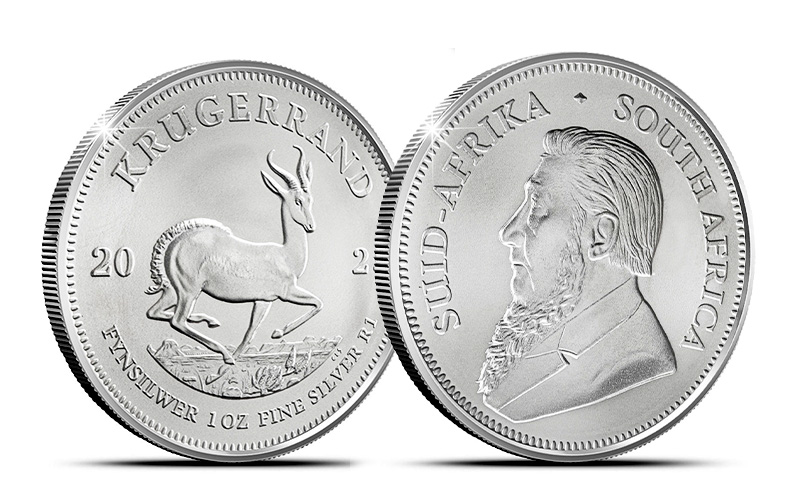
Introduced in silver in 2017, the Krugerrand has become an icon of South African numismatics. The 2025 edition maintains its reputation as a collector’s favorite, blending timeless design with global appeal.
Why Collectors Love the Silver Flagship Coins

Each coin in this collection tells a story of cultural pride and minting mastery. Together, they create a snapshot of the global numismatic landscape for 2025. With only a limited number of sets available, the 2025 Silver Flagship Coins of the World Collection offers an exclusive chance to own a piece of history.
A Historic First: The Silver Edition of The Sovereign
For the first time in history, The Sovereign has been struck from pure silver, marking a ground-breaking evolution for this iconic coin. Renowned for centuries as the “chief coin of the world,” The Sovereign’s legacy of impeccable design and quality now takes a dazzling new form. This silver Proof edition isn’t just an historic chapter in numismatic history—it’s a fresh way for collectors to own and celebrate a true British classic. With its radiant silver finish, this reimagined Sovereign is a must-have for any collection, blending tradition with a breath-taking modern twist.

The Important Details
Crafted with the same precision and care as its traditional gold counterpart, this silver Sovereign matches the original in both diameter and weight. Struck to The Royal Mint’s exacting Proof standard, you can truly appreciate the intricacy of the design. It offers a fresh and distinctive way to experience the timeless beauty of The Sovereign.

The reverse of this remarkable piece features Benedetto Pistrucci’s iconic St George and the Dragon design, a classic image that has graced The Sovereign for over 200 years. Pistrucci’s dynamic portrayal of England’s legendary hero has become a defining symbol of this coin, and it’s no less captivating in this silver edition.
A Modern Royal Legacy
On the obverse, the silver Sovereign features the official coinage portrait of His Majesty King Charles III, created by Martin Jennings. This distinguished profile captures the dignity of the new King and marks a new chapter in the coin’s storied history. For collectors, it’s a significant and meaningful way to commemorate this historic period for the British monarchy.

Key Features That Make This Coin Unmissable:
- A Historic First: This is the first time The Royal Mint has released The Sovereign in fine silver.
- Collectible Appeal: A once-in-a-lifetime opportunity to add a brand-new Sovereign variation to your collection.
- Classic Design: Benedetto Pistrucci’s St George and the Dragon takes pride of place on the reverse.
- Regal Portrait: The obverse features the official portrait of King Charles III, uniting past and present in one collectible masterpiece.
Why Collectors Shouldn’t Miss Out
This silver edition of The Sovereign represents more than just a new specification, it symbolises innovation and tradition coming together. For collectors, it’s a piece of numismatic history, celebrating one of Britain’s most famous coins in a fresh and exciting form. Whether you’re a dedicated collector or a newcomer to the world of coin collecting, this silver Proof Sovereign is bound to become a cherished highlight of your collection.
>> Click here to secure THE FIRST EVER UK SILVER SOVEREIGN for your collection <<
The Memories of Her Majesty at Christmas Collection

Christmas has always been a time for reflection, family, and cherished traditions. For Queen Elizabeth II, it was no different. Her life, entwined with this festive season, was marked by poignant moments that captured the essence of her reign and personal warmth. This year, as we celebrate her memory, we invite you to journey through these moments with our exclusive commemorative collection that captures five special Christmas memories from Her Majesty’s life.

A Young Princess Singing Carols with Her Sister

Long before her ascension to the throne, the young Princess Elizabeth shared precious Christmas moments with her sister, Princess Margaret. The image of the two young royals singing carols together evokes the innocence and joy of childhood during the festive season. This commemorative celebrates the timeless tradition of Christmas carols and the joyful spirit of youth.
The Queen’s Speech

In 1952, Queen Elizabeth II delivered her very first Christmas speech over the radio. A solemn yet hopeful message, she marked the beginning of what would become a beloved tradition for generations. This commemorative celebrates that historic moment, reminding us of her unwavering dedication and connection with the nation, even at such an early stage in her reign.
Family at Windsor Castle

The late 1960s saw the Queen spending Christmas with her family at Windsor Castle. These were times of warmth, laughter, and the simple pleasures of togetherness. Our commemorative captures the joy of these festive family gatherings, symbolising the importance of unity and the deep family bonds the Queen cherished.
Visiting the Church of St Mary Magdalene

One of the Queen’s most cherished Christmas traditions was attending the service at the Church of St Mary Magdalene on the Sandringham Estate. Surrounded by family and well-wishers, these visits became a hallmark of her reign during the festive season. This commemorative captures these precious moments from the 1990s, symbolising her devotion and the enduring connection she shared with the community.
Riding in the Snow at Sandringham

An avid equestrian, Queen Elizabeth II often embraced the wintry landscapes of Sandringham. The image of her riding through the snow exemplifies her love for nature and tradition. This commemorative pays tribute to her resilient, adventurous spirit and her love for horses, showing a side of the Queen that many have admired over the years.
A Collection to Treasure This Christmas
As we remember these cherished moments, we invite you to honour Queen Elizabeth II’s legacy with this exclusive collection. Each piece tells a story of Christmases past, capturing the spirit of Her Majesty’s life and reign during this special time of year.

This Christmas, let her memory warm your hearts and inspire you to cherish your own festive moments with loved ones. Visit our website today to explore the collection and keep the Queen’s spirit alive in your home this holiday season.

